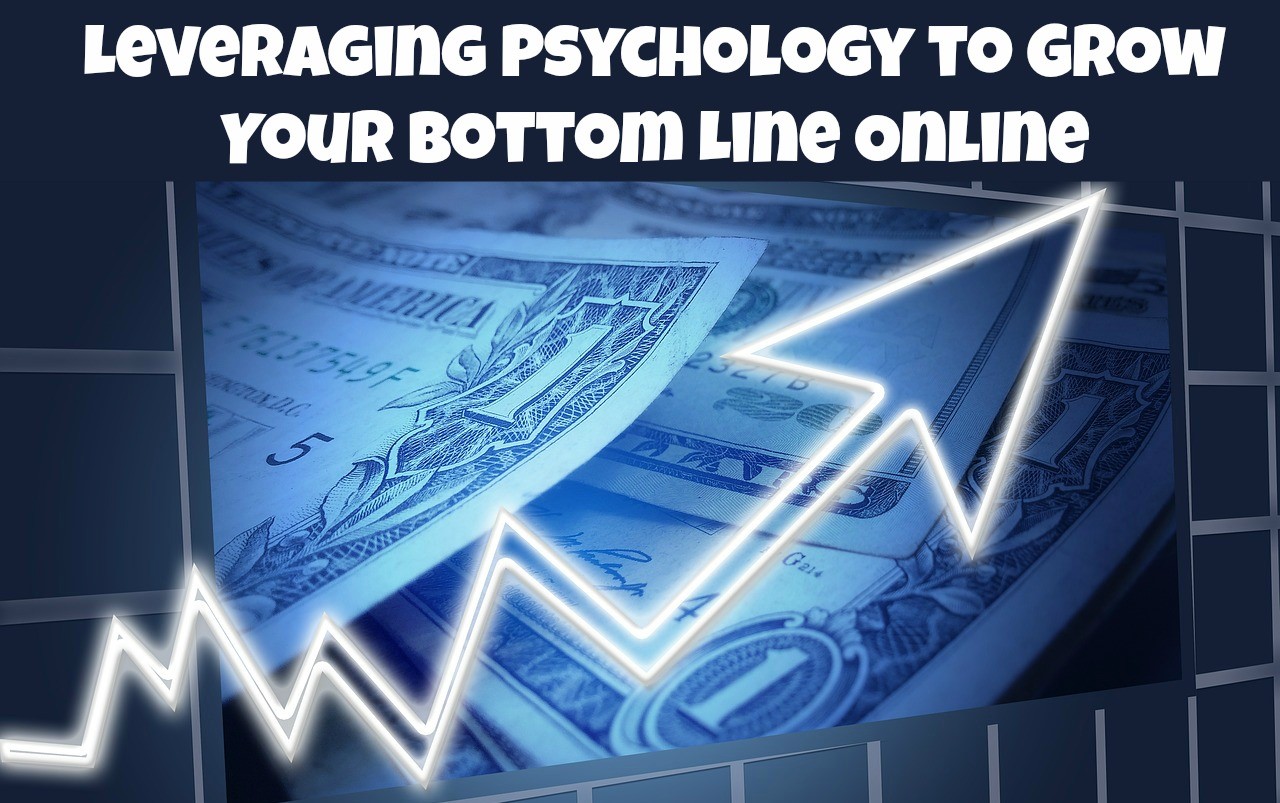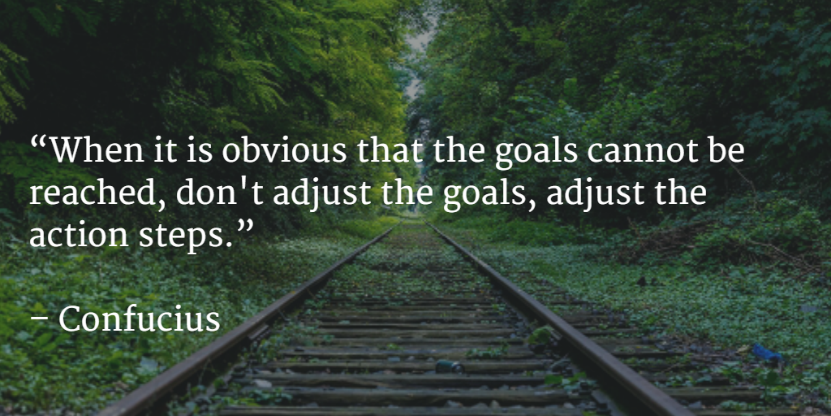
31 Mar Leveraging Psychology to Grow Your Bottom Line Online
When someone arrives at your website, what are you hoping they will do?
Perhaps you want them to buy a product, request a quote or contact you for more information? Whatever it is, the honest truth is that very few people will actually take this step.
If just 5% of your website visitors turned into paying customers most marketers would consider this a raging success. In reality the figure is generally far lower; often measured in fractions of a single percent.
Consider this fact: you put months of effort into creating useful, share-worthy content, you built high quality links from carefully-selected websites and as a result you got ranked for targeted keyword phrases. Slowly your visitor numbers have crept ever higher, providing a steady flow of new prospects to your website.
Yet over 95% of all those hard-won visitors will click the “back” button on their browser within moments of landing on your website.
Depressing?
Perhaps.
But there are solutions. Implement the right psychological triggers and it’s possible to greatly increase the results you’re seeing – without needing to get any more traffic. Indeed, the odd thing about boosting your website’s response rate is that the very process of optimizing your site for visitors can actually have a positive effect on your search engine rankings too.
And when a process can help you to increase the value of each visitor arriving at your site and the number of visitors arriving each day then you’ll find your bottom line in a very good position.
The process that creates this seemingly magical alchemy is known as “conversion rate optimization” or CRO for short.
What Is Your Most Wanted Response?
The first step in conversion rate optimization is consciously deciding on what action you want your visitors to ultimately take on your website. This chosen goal is often known as the “most wanted response” or MWR.
It’s the one thing we’re going to focus your website around, and try to gently lead your visitors towards. Once we have decided on such an action – such as filling in a contact form or requesting a free quote – then we can use a range of tools and strategies to boost the number of visitors who successfully complete this action.
Building Trust & Authority via Your Website
When a visitor arrives at your site for the very first time, they subconsciously make a near-instant decision about how trustworthy and professional your company is. Your website is a reflection of your brand, and an old-fashioned or poorly-designed site reflects badly on you.
First and foremost then your overall design needs to draw the eye and reassure first-time visitors that you are a company that they want to deal with. Try comparing your own website to those of your major competitors to see just which design elements stand out the most in a positive light. Then try to replicate these on your site.
However it’s not just the general theming and styling of your site that can “make or break” the deal. There are an assortment of other factors which can be incorporated to help boost trust and confidence in you as a company.
Some popular examples that have been shown time and again to have a positive impact on visitors include:
- Testimonials from existing customers
- Large numbers of social shares on your content
- Positive comments left on content by existing readers and customers
- Trust-images such as the Better Business Bureau, Which?, McAfee etc.
- Credit card logos
Try experimenting with these various “trust-building” elements in order to make your company appear more worth listening to.
Monitoring Scroll Rates, Click Maps & Traffic Paths
Thanks to the wealth of technology we have today we’re better placed than ever before to actually see how visitors interact with your website.
Using tools like Google Analytics and CrazyEgg, for example, we can see:
- How far down each page of your site visitors actually scroll
- The exact point at which most visitors click away from your site
- Which pages of your site are sending the most visitors away
- Which links are being clicked most by your visitors
- Which areas of your design are getting the most attention from visitors
Heck, we can even record visitors on your website and play it back like a movie to see everything they do – every time they scroll, click a link or type something into our site.
This means that these days we have unprecedented access to user data, and can use this to make smart, informed decisions based on real verifiable facts. Decisions that will boost your response rates and help you turn more first-visitors into paying customers.
Using this data we can, for example:
- Place links to your Most Wanted Response in the highest-visibility area of your design
- Gently coax visitors through to your core pages with well-placed calls to action
- Improve time-on-site by updating poorly-performing content
- Reduce bounce rates by including attention-grabbing elements at the specific points where most visitors click away
Using Lead Capture & Social Media to Woo Your Clients
It has been said that the average consumer needs to interact with a company seven times before they feel confident-enough to actually engage with them. That means that while you might manage to encourage visitors to submit a short form or request a quote, the chance of someone pulling out their credit card on their first visit to your site and making a purchase are minimal.
Instead we need to find ways to repeatedly interact with our visitors to slowly gain trust and brand awareness. In this way, when the time is right, we’ll be the first company on our prospects minds.
But how?
The answer comes via email marketing, blogging and social media. In essence we want to encourage every visitor to our site to “subscribe” to our marketing messages in some way. Whether they follow us on Twitter or LinkedIn, submit their email address to our mailing list or add our blog feed to their feed reader, we want to compel as many people as possible to agree to repeated contact with us.
Once subscribed, we can then regularly offer value to those subscribers in the form of new blog posts or social media updates. So long as we truly are offering value that our leads enjoy then they will remain subscribed and over time will come to trust us as a brand.
This enables us to capture far more leads than a purely “hard sell” approach on our website and to gently build a relationship with these leads. Relationships that, in time, can become very profitable indeed.
Visitor Metrics: A Core Google Ranking Element
All of the elements of CRO mentioned above can serve a very practical purpose of helping to capture more leads and turn more of these prospects into paying customers. But there is another benefit that we alluded to earlier on; higher Google rankings.
Google has openly stated that they are using visitor metrics as ranking factors these days.
That means that anything we can do to improve bounce rate or time-on-site is likely to have a beneficial effect on our search engine rankings.
As a result, many companies that take the time to undergo a full CRO process are rewarded not only by more prospects and a higher average visitor value (AVV) but also increased search engine traffic simply because your site does an excellent job of engaging new visitors and turning them into repeat traffic.
Sound good? If so then you can find out more about conversion rate optimization by clicking here today.



No Comments